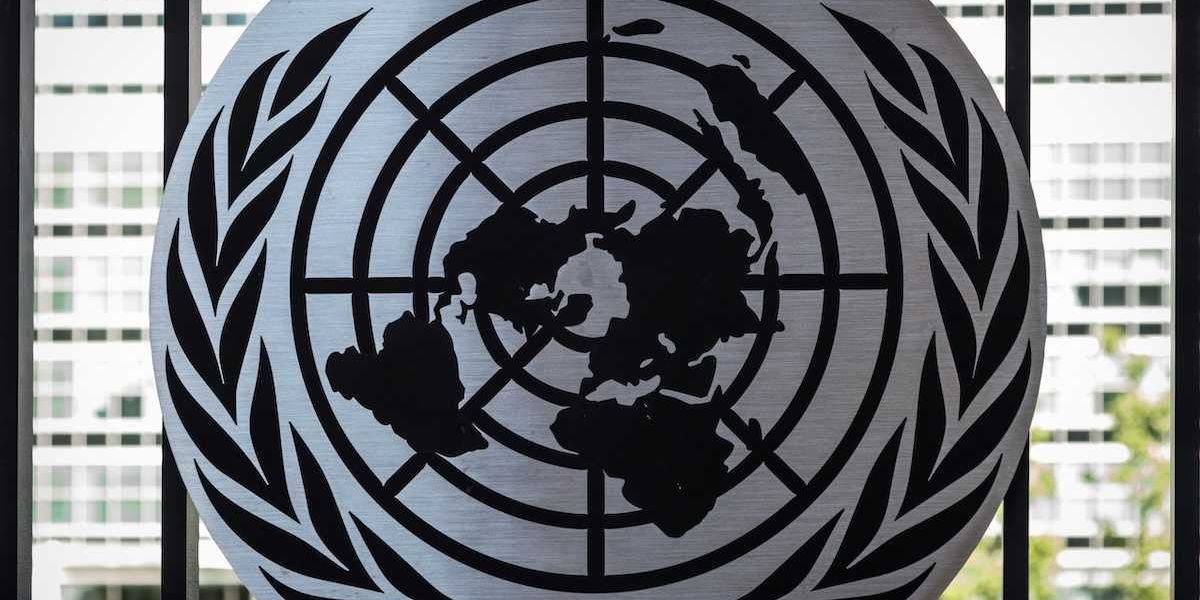extinction
Neonicotinoid restrictions aim to save New York's native pollinators
The "Birds and Bees" Act restricts neonicotinoid pesticides in New York as 60% of the state's native pollinators face the risk of extinction due to habitat loss, climate change and pesticide use.
In short:
- The Empire State Native Pollinator Survey discovered that 60% of native pollinators in New York are at risk of extinction. The survey identified 20 species per group of pollinators that had not been seen in New York in over 50 years.
- The "Birds and Bees" Act, enacted in 2023, restricts neonicotinoid use in New York, making it the first U.S. state to limit these insecticides on seeds.
- More than 200 citizen scientists contributed to a large-scale study identifying over 34,000 specimens, helping map pollinator populations across New York.
Key quote:
"The movement to not have a sterile green lawn has really picked up steam...and I think those are really critical things for improving pollinator health."
— Matthew Schlesinger, chief zoologist, New York Natural Heritage Program
Why this matters:
Pollinators are essential for biodiversity, ecosystem health and agriculture. Addressing threats to pollinators, such as pesticide use, can help protect these critical species and ensure the stability of food systems and natural habitats.
Sea-level rise causes extinction of Key Largo tree cactus
Rising sea levels have driven the Key Largo tree cactus to extinction in the U.S., highlighting the immediate impact of climate change on coastal species.
In short:
- The Key Largo tree cactus, native to Florida Keys, has gone extinct in the U.S. due to rising sea levels and soil salinity.
- Hurricanes, particularly Hurricane Irma, and saltwater intrusion from higher tides accelerated the cactus's decline.
- Efforts to conserve the species continue, with seeds and plant fragments cultivated in nurseries and seed banks.
Key quote:
“It’s a big deal when we lose species from an entire country.”
— George Gann, executive director, Institute for Regional Conservation
Why this matters:
This extinction exemplifies how climate change is already causing species loss, particularly in coastal areas. The fate of the Key Largo tree cactus foreshadows similar risks for other vulnerable coastal species.
Protecting species from extinction is not enough
The loss of species abundance poses a serious threat to biodiversity and ecosystem functionality.
In short:
- Abalone populations have collapsed due to overfishing and environmental changes, including a marine heatwave and a sunflower sea star epidemic.
- The concerning issue is not species extinction but the collapse of wildlife populations, disrupting ecosystems.
- The decline of species like abalone signifies a broader biodiversity crisis driven by human activities such as pollution and habitat destruction.
Key quote:
"The more we slow climate change, the more evolutionary storylines can reach into the future. In other words, climate policy is biodiversity policy."
— John Reid, founder, Conservation Strategy Fund.
Why this matters:
The decline in species abundance affects ecosystem stability and human cultural heritage. Addressing this crisis requires comprehensive conservation strategies that go beyond preventing extinction to ensure the health and abundance of wildlife populations. Read more: The planet’s largest ecosystems could collapse faster than we thought.
Migratory species face a global decline, UN warns
Nearly half of the world's migratory animals are declining, with many at risk of extinction, highlighting the urgent need for global conservation efforts.
In short:
- About 44% of migratory species are decreasing in population due to habitat loss, illegal activities, pollution, and climate change.
- The United Nations report emphasizes the critical role of migration in species survival and the interconnectedness of ecosystems across borders.
- Conservation measures and international cooperation are being discussed to protect these species and their habitats.
Key quote:
"Migration is essential for some species. If you cut the migration, you’re going to kill the species."
— Stuart Pimm, ecologist at Duke University.
Why this matters:
The decline of migratory species is emblematic of broader environmental issues that affect global biodiversity and ecosystem health. Migratory animals face a perilous journey, often navigating a toxic trail amongst threatened habitat.









